A dog trailer has an axle set at both the front and back, plus a drawbar to connect the trailer to a towing vehicle. The front axle of the dog trailer has a drawbar connection and this axle steers. This means that a dog trailer can stand alone without legs, as would be required for a semitrailer. Only the drawbar has a leg or wheel for support.
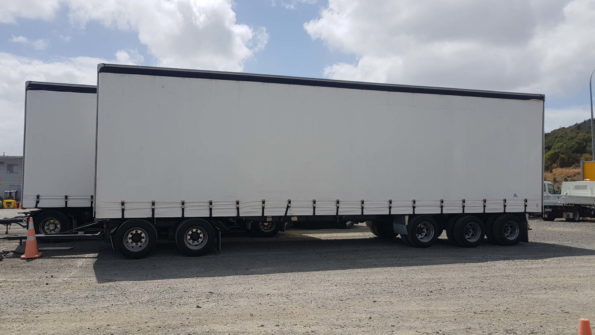
A pig trailer has one axle set that is placed near the middle of the trailer. Most of the trailer’s weight is supported on this axle set as opposed to a semitrailer where some of the weight is supported on the fifth wheel. At the front, there is a drawbar which connects to the towing vehicle. The drawbar has a leg or wheel for support.
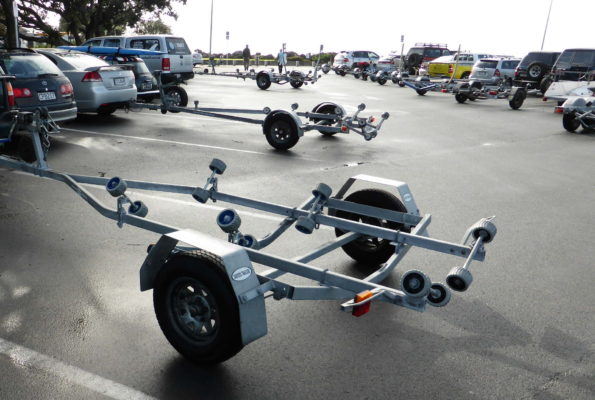
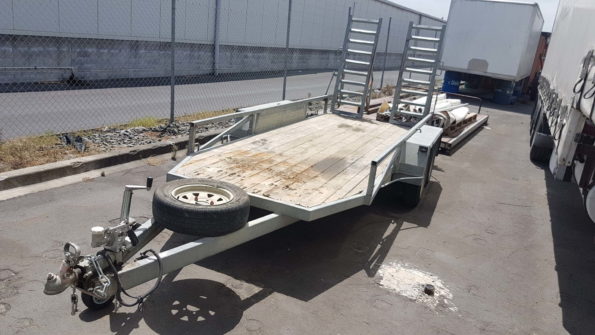
Pig trailers are easier to reverse than dog trailers as there’s only one articulation point (the towing connection) as opposed to a towing connection plus a fifth wheel.
A jinker trailer is designed to carry longer loads. It consists of an axle set and platform or support with a connection to attach it to a prime mover. This connection can be anything from a short drawbar to a long pole, depending on the application. Longer jinker trailers are used to transport very long loads like wind turbine blades.
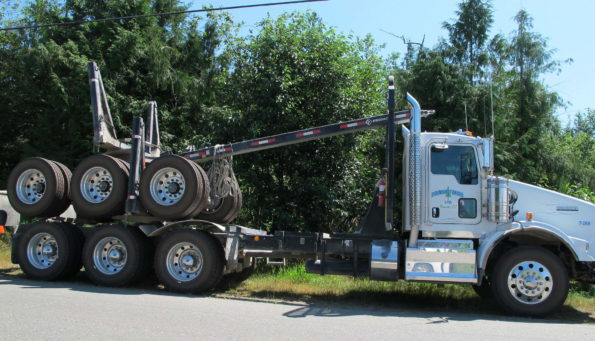
A dolly provides an interface between a semitrailer behind and a drawbar connection in front. As you can see with the logging trailer below, the rear trailer requires a fifth wheel, but the towing vehicle only has a drawbar connection. The dolly has the drawbar, while the rear trailer’s fifth wheel sits on top of it.
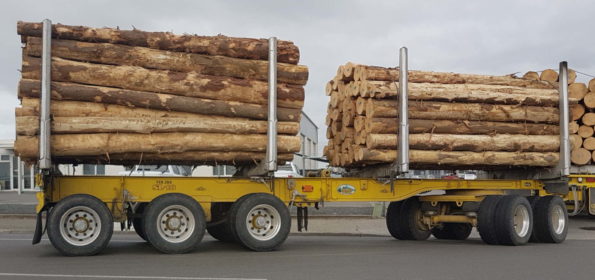
Dollies are often used for shorter semitrailers that add capacity to a rigid heavy vehicle as required.
